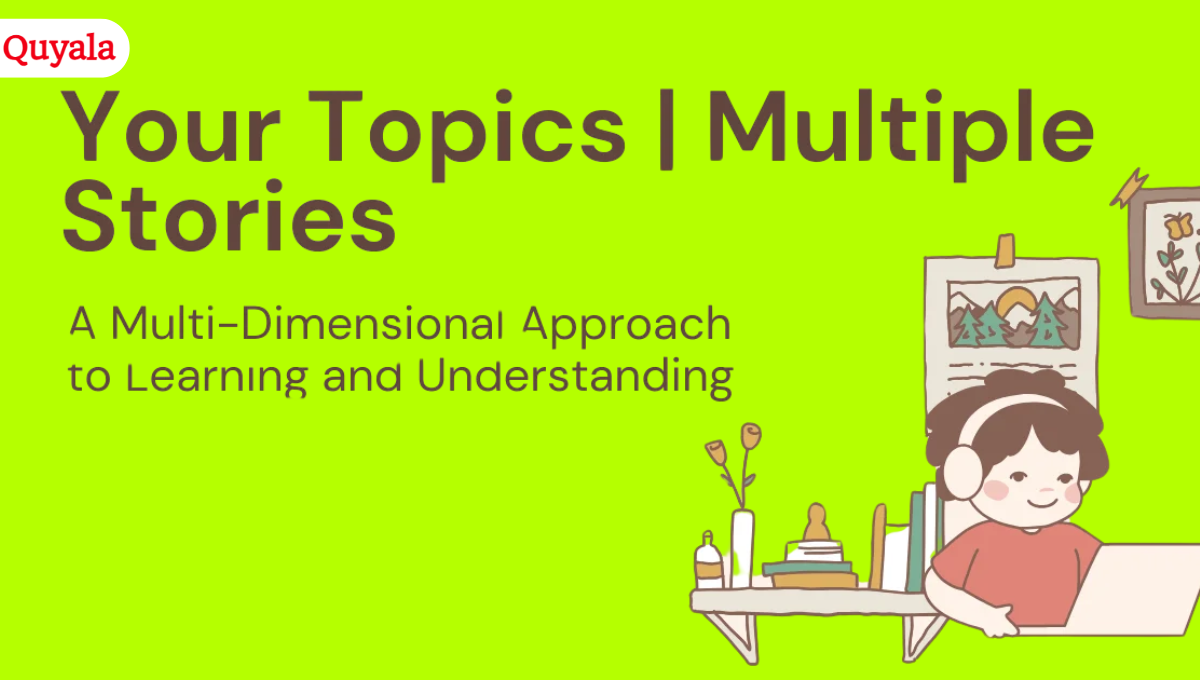Geometry isn’t just about triangles and angles drawn on graph paper anymore. In today’s tech-powered classrooms, it’s becoming a hands-on, engaging subject — and one of the best tools driving that change is Geometry Spot games. These interactive platforms take the sometimes-dry world of math and turn it into a playground of challenges, puzzles, and real-world simulations.
But what if we told you that the same geometry you’re using in class also shows up in one of the most popular sports out there — golf?
Let’s explore how Geometry Spot games can not only make math fun for students but also how golf secretly teaches you geometry every time you swing a club. Spoiler: understanding this could improve your game too!
What Is Geometry in Golf?
At its core, geometry in golf is about angles, distances, curves, and spatial awareness. Every swing, every shot, and even the way you align yourself to the ball — it’s all driven by geometric principles. From the path of your backswing to the flight of the ball, you’re essentially applying mathematical thinking without even realizing it.
Geometry Spot games help students grasp these abstract ideas by letting them experiment visually and physically. Just like a golfer adjusting for wind and distance, students learn how angles impact outcomes.
Read More About- Most Handsome Men in the World – Beyond Just Good Looks
Understanding the Geometry Spot games
Imagine tracing your club’s path through the air during a full swing. What shape would it make? That’s your swing arc, and it’s one of the clearest examples of real-life geometry.
The arc is typically a section of a large circle — and its size and shape are affected by how tall you are, how far you stand from the ball, and how much you bend your knees. Geometry Spot games often include activities where students analyze arcs, rotation points, and paths — all of which directly translate to the mechanics of a golf swing.
The “Flat Spot” — Your Friend for Accuracy
Ever heard of the flat spot in a golf swing? It’s that brief moment when your club moves nearly straight — rather than in a curved arc — through the impact zone.
This small zone is key to hitting the ball accurately, and it’s all about mastering alignment and timing. When students work with geometric simulations, they develop a better sense of these subtle adjustments. And when golfers study their swings with slow-motion tools, they’re essentially analyzing it the same way students do with interactive geometry models.
How Ball Position Affects Geometry
Where you place the golf ball in your stance changes everything. Too far forward, and your club hits it on an upward swing. Too far back, and it’s a downward chop.
Geometry teaches us how tiny positional changes can shift entire angles and outcomes. In classroom games, students learn this by adjusting variables and immediately seeing the impact — similar to how golfers tweak their setup to achieve different ball flights.
Your Club’s Design Is Full of Geometry Spot games
Take a close look at a golf club. From the lie angle to the loft, it’s a carefully designed tool based on geometry.
Every club is built to produce specific angles of contact and ball flight. Geometry Spot games help students understand why these things matter. It’s one thing to hear that a 9-iron creates more height than a 5-iron — it’s another to see how angles and trajectory correlate visually and interactively.
Visualization: The Secret Weapon
One of the most underappreciated skills in both math and golf is visualization.
A great golfer can picture the shot before swinging. Similarly, Geometry Spot games push students to mentally visualize transformations, rotations, and angles before acting. This builds spatial intelligence, which translates directly into better performance — whether in solving geometry problems or sinking birdie putts.
Simple Drills to Practice Geometry Spot games
If you’re looking to blend golf and geometry, here are a few quick drills:
- Alignment Stick Drill: Lay two sticks on the ground to form a target line and ball position line. Analyze the angles you create as you adjust.
- Circle Swing Drill: Use cones to mark the arc of your backswing and follow-through. You’ll feel the swing shape better.
- Angle Ladder: Hit balls with different clubs and measure how the launch angle changes. You’re literally experimenting with geometry in motion.
These drills make you feel the math, just like interactive games help students internalize classroom concepts.
Conclusion: Geometry = More Consistent Golf
Whether you’re solving puzzles in a classroom or aiming for the green on a par-4, geometry gives you control. It helps students grasp how shapes and angles govern the real world — and it helps golfers become more consistent, more strategic, and more aware of the physics behind their swing.
Final Thoughts
Golf is a game of precision, but that doesn’t mean it has to be complicated. When you simplify the game using geometry, you gain clarity, confidence, and control. So next time you’re on the driving range or tee box, think less about perfection and more about shapes and angles—and enjoy the results.
Read More About
- Where to Download UStudioBytes: The Ultimate Guide for Creators
- About Nuzillspex Advisors Ltd: A Trusted Partner in Modern Wealth Management
- Rub Rankings Review: Is RubRankings.com Legit or a Scam?
- Inside the Life of Kodi Capri: NBA YoungBoy’s Young Daughter
- Keka Login Guide: Step-by-Step Access to Your HRMS Account



